- Joined
- Mar 8, 2011
- Messages
- 25,166
- Reaction score
- 9,015
- Location
- Iowa
- Website
- pixels.com
- Can others edit my Photos
- Photos NOT OK to edit
The closest comparison I could find on Nikons website is the DX 17-55 and FX 17-35.
The DX 17-35 has, according to Nikon, a FOV of 79° at 17mm. The FX 17-35 FOV at 17mm is.........79°, but when in DX mode. In FX, it's 104.
But both lenses will 'see' the same scene at 17mm. It's just what the sensor will record.
The DX 17-35 has, according to Nikon, a FOV of 79° at 17mm. The FX 17-35 FOV at 17mm is.........79°, but when in DX mode. In FX, it's 104.
But both lenses will 'see' the same scene at 17mm. It's just what the sensor will record.


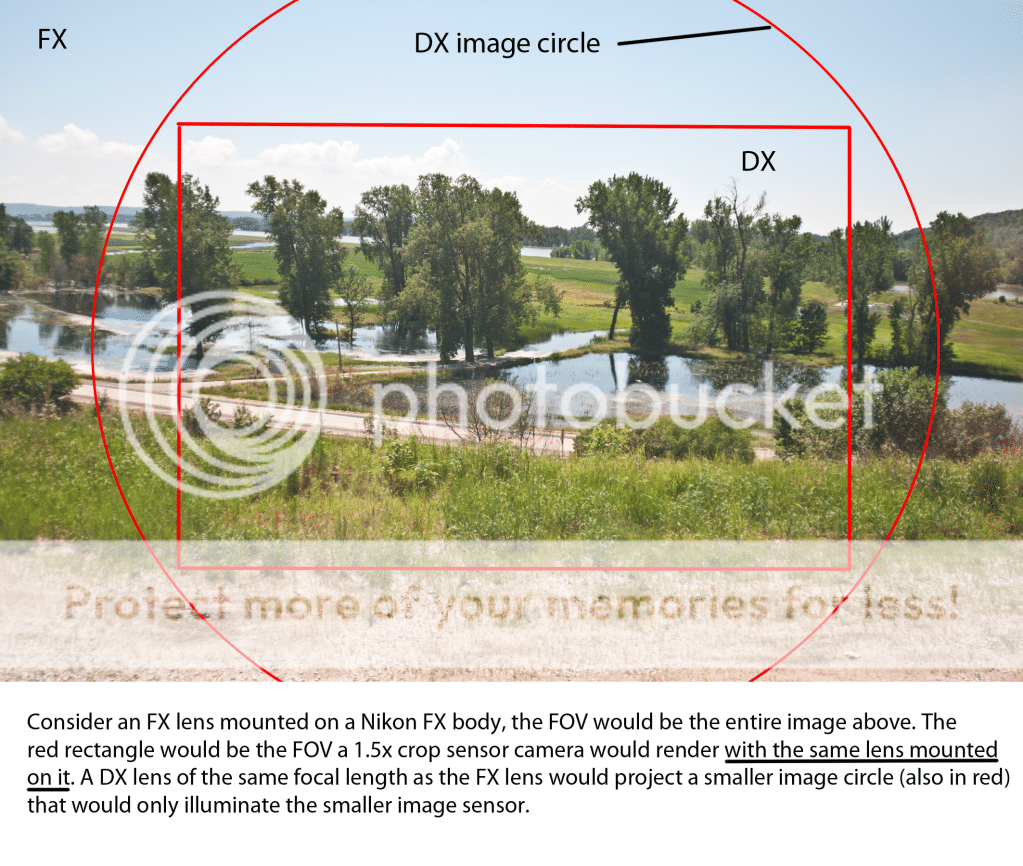

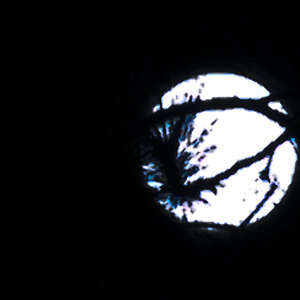
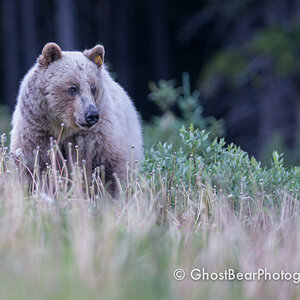



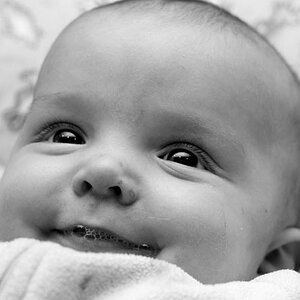
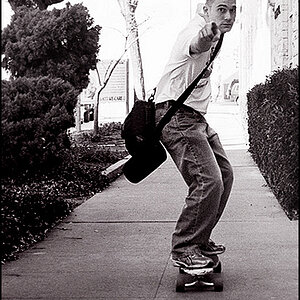
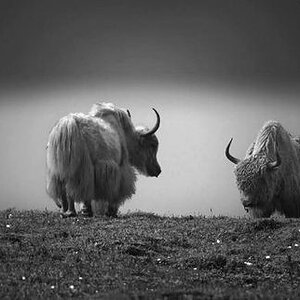


![[No title]](/data/xfmg/thumbnail/32/32926-ec27ecead8c80d803404500d8f888dbf.jpg?1619735754)